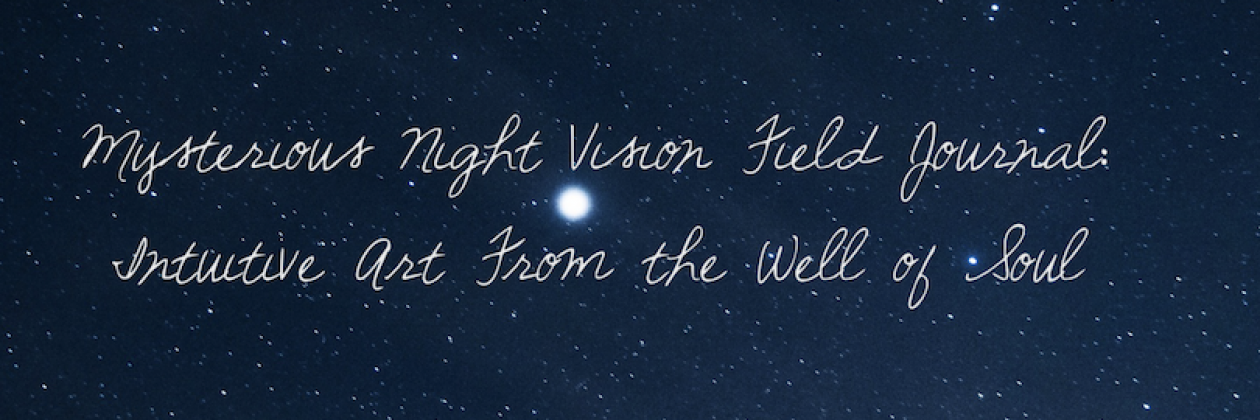A year or two ago, I returned from a trip to Chaco Canyon in New Mexico with a head full of ancient Native American history and a mysterious sensing that then is still now.
While I was in that wild place of ancient civilization, I saw and photographed the flowers of the Sacred Datura. They were growing in a dry, weedy area in an alley behind a small town restaurant. They didn’t look like much, but I was beyond excited to see them.
Sacred Datura carries both myth and fact. It appears to be deadly poisonous to contemporary humans and animals, yet it was used extensively in puberty rituals by the tribal people of southern California. It is said that Lucrezia Borgia was the last Westerner to be able to control the dosages of datura accurately. Witches were said to apply datura vaginally with a broomstick, so witches “flying on broomsticks” derives from this ancient practice.
However, the ancient ways of controlling datura dosages seems to be a lost art. For 21st century humans, Datura is deadly, and kills hundreds of people a year, according to the American Association of Poison Control Centers. Thousands of others, the group says, are treated for Datura poisoning each year. Consuming Datura is something you do not want to try at home…or anywhere else.
And of course, no discussion of Datura, no matter how brief, would be complete without a nod to the great painter of the West, Georgia O’Keeffe.
Sacred Datura blooms at night when it is pollinated by the Hawk Moth.
Today as I began my open-ended journey across the American West with my husband Tom and dog Juneau, I hiked along the American River and spotted large white flowers in full bloom among the bike trail.
I knew what they were right away, but, I wondered to myself, how could it be that the Great Spirit was showing me a night blooming flower in the morning? My guess is the smoky October skies in California reduced the light enough that the flower was running late.
This is my original watercolor done after that now far-away journey to Chaco Canyon, and I feel it only partially expresses my fascination with Sacred Datura and its companion the Hawk Moth.
Now I have begun a new painting to ask myself, “What secret is Sacred Datura still trying to say to me?”
These are some images from my emerging process with a new painting exploring the powerful source image of the Datura flower.

